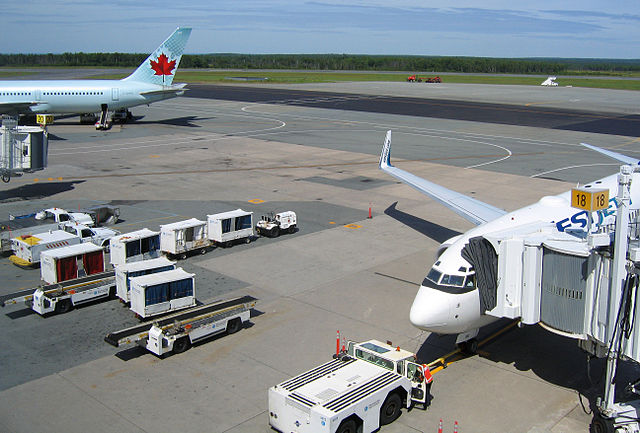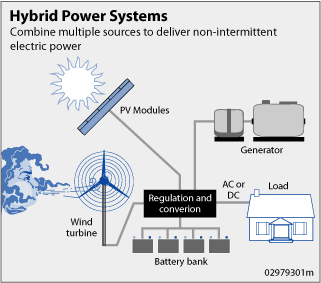In its “Dramatic MBM Agreement and Solid Global Plan Endorsements Help Deliver Landmark ICAO 38th Assembly” Oct. 4, 2013 press release, the International Civil Aviation Organization (ICAO) announced: “ICAO’s States agreed to report back in 2016 with a proposal for a global MBM [Market-Based Measures] scheme capable of being implemented by 2020. Major efforts will need to be undertaken in order to address the challenges and accommodate specific concerns of developing countries going forward.”
Meanwhile, in “On global aviation emissions-reduction progress ‘we have lift-off!” posted on Oct. 8, 2013 on the Air Quality Matters blog, I explained: “In the end, a landmark market-based measures agreement was solidified between the ICAO and its States whereby aviation transport is currently the only major sector in the industry to have in place a global multilateral MBM agreement in an effort to regulate future greenhouse gas emissions, this also according to the ICAO in the Oct. 4th release.
“Though in this regard there may still be much work ahead, the aviation industry, it seems, is taking the correct approach with which to improve upon what seems is already an outstanding environmental sustainability track record, one hope, of course, being the 2016 emissions standards alluded to above come about. What I would call definite progress.”
This is where things stood at the time.
Well, I have now come to learn that there has been more progress made in this regard.
Okay, so on Oct. 6, 2016, just about two years later, the International Civil Aviation Organization issued its news release titled: “Historic agreement reached to mitigate international aviation emissions.”
The good news, “Government, industry and civil society representatives have agreed today on a new global market-based measure (GMBM) to control CO2 emissions from international aviation.”
The ICAO went on in the Oct. 6th release to state: “ICAO’s Carbon Offsetting and Reduction Scheme for International Aviation (CORSIA) is designed to complement the basket of mitigation measures the air transport community is already pursuing to reduce CO2 emissions from international aviation. These include technical and operational improvements and advances in the production and use of sustainable alternative fuels for aviation.
“Implementation of the CORSIA will begin with a pilot phase from 2021 through 2023, followed by a first phase, from 2024 through 2026. Participation in both of these early stages will be voluntary and the next phase from 2027 to 2035 would see all States on board. Some exemptions were accepted for Least Developed Countries (LDCs), Small Island Developing States (SIDS), Landlocked Developing Countries (LLDCs) and States with very low levels of international aviation activity.”
With this latest step, charted now is a course of action to effectively mitigate aviation emissions and on a time frame agreed upon by the international aviation community.
Wonderful it would be if this type of can-do spirit were to be carried over not only to other transport and travel sectors, but also to a whole host of realms, namely, the industrial, energy, agricultural and more. Yes, indeed!
Images: Robert Alfers (upper); U.S. Department of Energy (lower)
This post was last revised on May 20, 2020 @ 6:47 a.m. Pacific Daylight Time.
– Alan Kandel


With the increase in numbers of flights and the apparent failure for really big aircraft to catch on, which are the most economical in fuel use (see sad truth about the AIRBUS 380), it would seem that the quantity of CO2 being generated by air travel is on the rise, despite some limited attempts at greater efficiency engines and higher passenger density utilization. There is little change in aircraft design to answer this problem, but we should bear in mind that greater airplane use means less car and truck use for passenger and freight transport. Then when we consider both surface and air transport CO2 emissions, the aircraft and its gas turbine bypass jet engine is a lot less wasteful of fuel per passenger than the car and its piston engine.